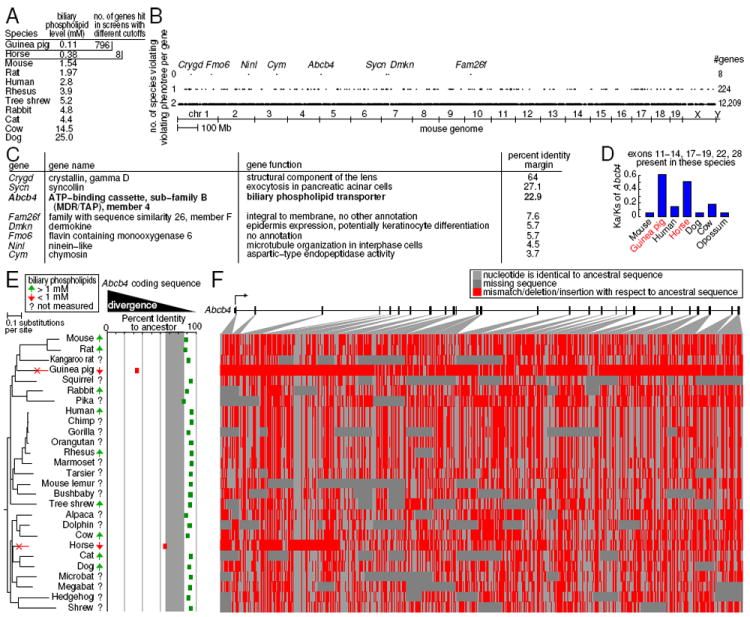Figure 3. Forward genomics implicates independent inactivation of the human disease gene ABCB4 in two species with low levels of biliary phospholipids.

(A) The level of biliary phospholipids is a continuous trait that varies over 200 fold between mammals. 796 genes show more divergence in guinea pig than ten other measured species, but only 8 genes show elevated divergence in both guinea pig and horse, the two species with the lowest biliary phospholipid levels.
(B) We plot (y-axis) the number of violations of each gene (dot) in the mouse genome (x-axis), against the biliary phospholipid level phenotree in panel E. The eight genes with 0 violations are labeled.
(C) Of the eight genes, only Abcb4 (bold) has a bile-related function.
(D) Increased Abcb4 non-synonymous to synonymous (Ka/Ks) substitution ratios for guinea pig and horse.
(E,F) Divergence from the reconstructed common ancestor (E) and a graphical sequence alignment representation (F) of the Abcb4 coding sequence reveals elevated divergence and deletions (red blocks) in trait-loss species only.
See also Figure S3 and Table S1.
